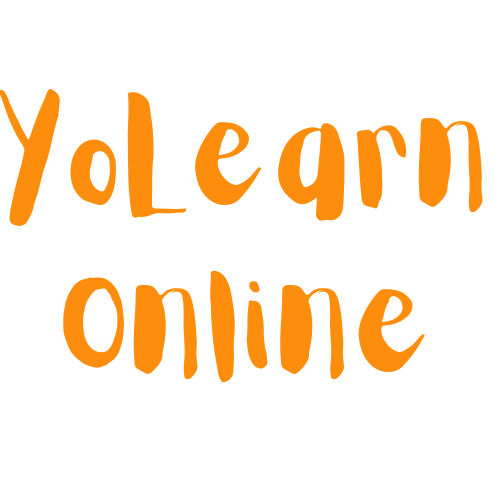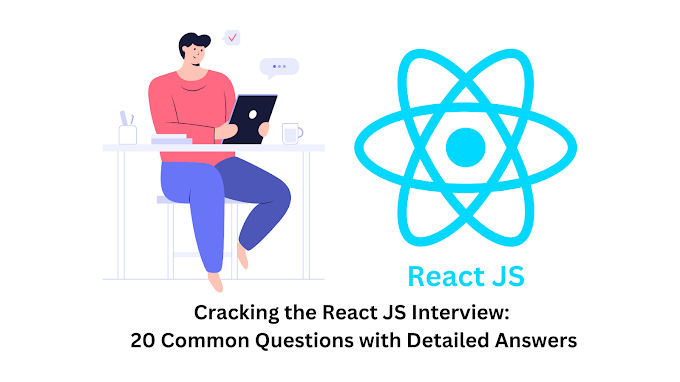Introduction
In the realm of programming, Python stands as a beacon of versatility, simplicity, and accessibility. This dynamically typed, high-level language has gained widespread popularity over the years, thanks to its ease of use, readability, and a vast ecosystem of libraries and frameworks. In this comprehensive article, we will embark on a journey to explore Python, its history, characteristics, applications, and the reasons behind its enduring success in modern programming.
Chapter 1: The Genesis of Python
1.1. The Need for Python
The early 1990s were marked by a growing demand for a programming language that combined ease of use with the power to tackle complex tasks. Guido van Rossum, a Dutch programmer, envisioned a language that would prioritize code readability and encourage programmers to write clean and maintainable code. This vision led to the creation of Python, which Guido released as Python 0.9.0 in February 1991.
1.2. Python's Name and Legacy
Guido van Rossum named Python after the British comedy group Monty Python, a nod to his quirky sense of humor. The language's design philosophy, which emphasizes code readability and a clean syntax, has since become known as the "Pythonic" way of programming.
Chapter 2: Python's Core Characteristics
Python's popularity stems from a set of core characteristics that make it unique among programming languages. Let's delve into these traits:
2.1. Readability
Python's syntax is designed to be easily readable and intuitive. The use of whitespace and indentation, rather than braces or keywords, enforces clean and consistent code formatting. This readability reduces the potential for syntax errors and makes Python an ideal language for both beginners and experienced programmers.
2.2. Versatility
Python is a versatile language that can be used for a wide range of applications. It supports multiple programming paradigms, including procedural, object-oriented, and functional programming. This versatility makes Python suitable for various tasks, from web development to scientific computing.
2.3. Extensive Standard Library
Python's standard library is extensive and covers a broad spectrum of functionality, from file handling to network programming. This rich collection of modules and packages simplifies common programming tasks, reducing the need for reinventing the wheel.
2.4. Strong Community and Ecosystem
Python boasts a vibrant and welcoming community of developers who contribute to its growth and development. The Python Package Index (PyPI) hosts a vast ecosystem of third-party libraries and frameworks, allowing developers to leverage existing solutions for their projects.
Chapter 3: Python in Action
Python's practicality and versatility have led to its adoption in various domains and applications. Let's explore some key areas where Python shines:
3.1. Web Development
Python has a strong presence in web development. Frameworks like Django and Flask simplify web application development, offering features such as URL routing, template rendering, and database integration. Python's ease of use and rapid development capabilities make it a favorite choice for web developers.
3.2. Data Science and Machine Learning
Python is the go-to language for data science and machine learning. Libraries like NumPy, pandas, and scikit-learn provide essential tools for data manipulation, analysis, and machine learning model development. Additionally, Python's readability makes it an ideal choice for collaborating on data-related projects.
3.3. Scientific Computing
Python is widely used in scientific computing and research. Libraries such as SciPy, matplotlib, and Jupyter Notebooks empower scientists and researchers to perform complex computations, visualize data, and share their findings effectively.
3.4. Automation and Scripting
Python's simplicity and cross-platform compatibility make it an excellent choice for automation and scripting tasks. Whether it's automating system tasks, parsing files, or managing data, Python's concise syntax simplifies these tasks.
3.5. Game Development
While not as prevalent as languages like C++ in game development, Python is gaining ground in this field. Libraries like Pygame provide a framework for creating 2D games, making game development accessible to a broader audience.
3.6. Internet of Things (IoT)
Python's lightweight footprint and versatility make it suitable for IoT development. Raspberry Pi, a popular IoT platform, supports Python, allowing developers to create IoT solutions and prototypes.
Chapter 4: Python 2 vs. Python 3
A significant milestone in Python's evolution was the transition from Python 2 to Python 3. This transition aimed to improve the language's consistency and remove legacy features. While Python 3 introduced essential enhancements, it also introduced some incompatibilities with Python 2.
4.1. Python 2
Python 2, initially released in 2000, enjoyed widespread adoption for many years. However, it reached its end of life on January 1, 2020, meaning it no longer receives official support or updates. Developers were encouraged to migrate to Python 3 to benefit from its improvements and ongoing support.
4.2. Python 3
Python 3, first released in 2008, brought several key enhancements, including improved Unicode support, enhanced syntax, and optimizations. Python 3 adoption has grown steadily, and most new Python projects are now developed in Python 3.
Chapter 5: Python's Impact on Education
Python's simplicity and readability make it an excellent choice for teaching programming and computer science concepts. The language's educational impact is noteworthy:
5.1. Beginner-Friendly
Python's straightforward syntax and lack of complex symbols make it an ideal choice for beginners. It enables novice programmers to focus on learning programming concepts without being overwhelmed by syntax intricacies.
5.2. Educational Resources
The availability of educational resources and tutorials for Python is abundant. Educational institutions and online platforms offer Python courses, making it accessible to learners of all ages.
5.3. Accessibility and Inclusivity
Python's open-source nature and community-driven development ensure that it remains free and accessible to all. This inclusivity aligns with the principles of education and promotes diversity in programming.
Chapter 6: The Future of Python
Python's future appears promising, with continued growth and relevance in the world of technology. Several trends and developments are shaping the future of Python:
6.1. Data Science and Machine Learning
Python's dominance in data science and machine learning is likely to continue. Advancements in libraries, frameworks, and tools will further solidify its position as the language of choice for data-related tasks.
6.2. Web Development
Python web frameworks, such as Django and Flask, will continue to evolve, making web development faster and more efficient. Microservices and serverless architecture trends will also benefit from Python's versatility.
6.3. Python in IoT and Edge Computing
Python's lightweight footprint and suitability for IoT will drive its adoption in edge computing scenarios, enabling developers to create intelligent edge devices and solutions.
6.4. Education and Community Growth
Python's educational impact will continue to grow, fostering a new generation of programmers and computer scientists. The Python community will remain vibrant, supporting the language's development and accessibility.
Chapter 7: Conclusion
Python's journey from its humble beginnings to its current status as a programming powerhouse is a testament to its simplicity, versatility, and community-driven ethos. Its ease of use, extensive library ecosystem, and applicability across diverse domains have solidified Python's position as a favorite among both novice and experienced programmers.
Python's enduring legacy lies not only in its technical capabilities but also in its role as a catalyst for teaching and learning programming. Its influence extends to education, research, and industry, shaping the way we interact with technology and fostering a culture of inclusivity and collaboration.
As Python continues to evolve and adapt to emerging technologies and trends, it remains a valuable tool for addressing contemporary challenges and creating innovative solutions. Embracing Python means joining a global community of developers who appreciate its elegance and the boundless possibilities it offers in the ever-evolving world of programming.












0 Comments